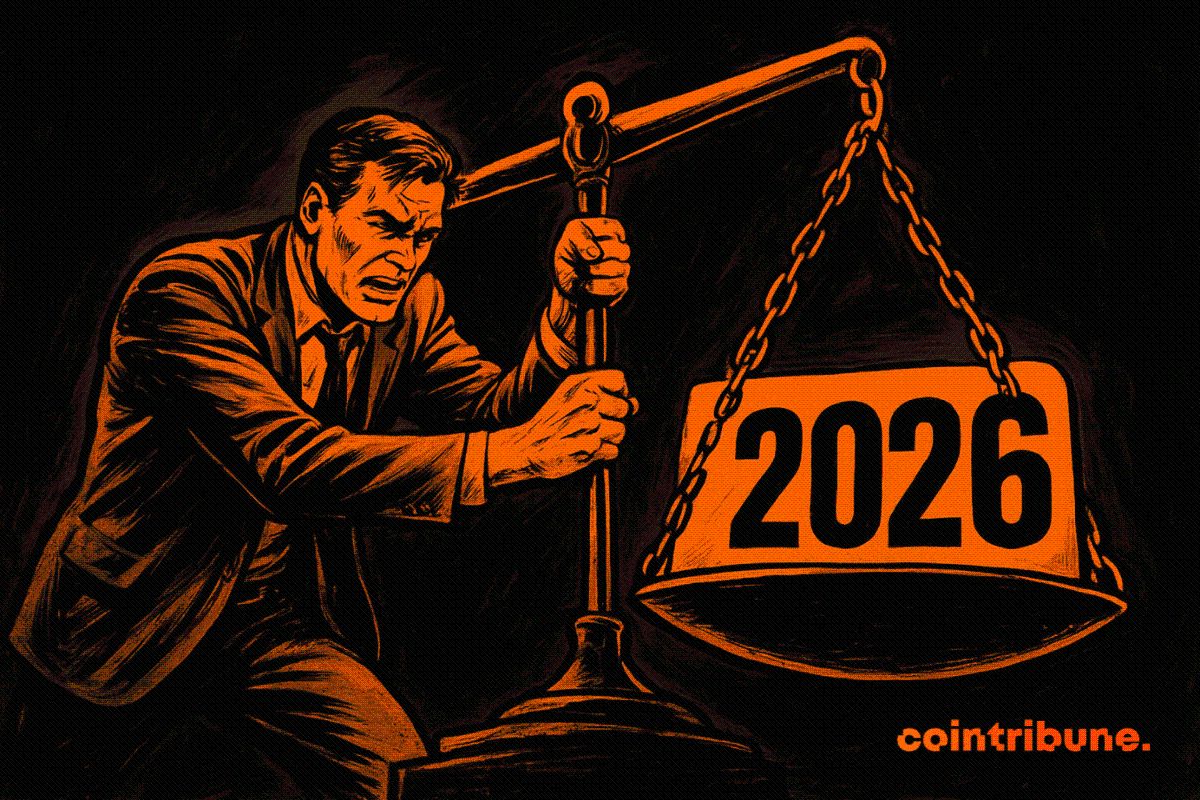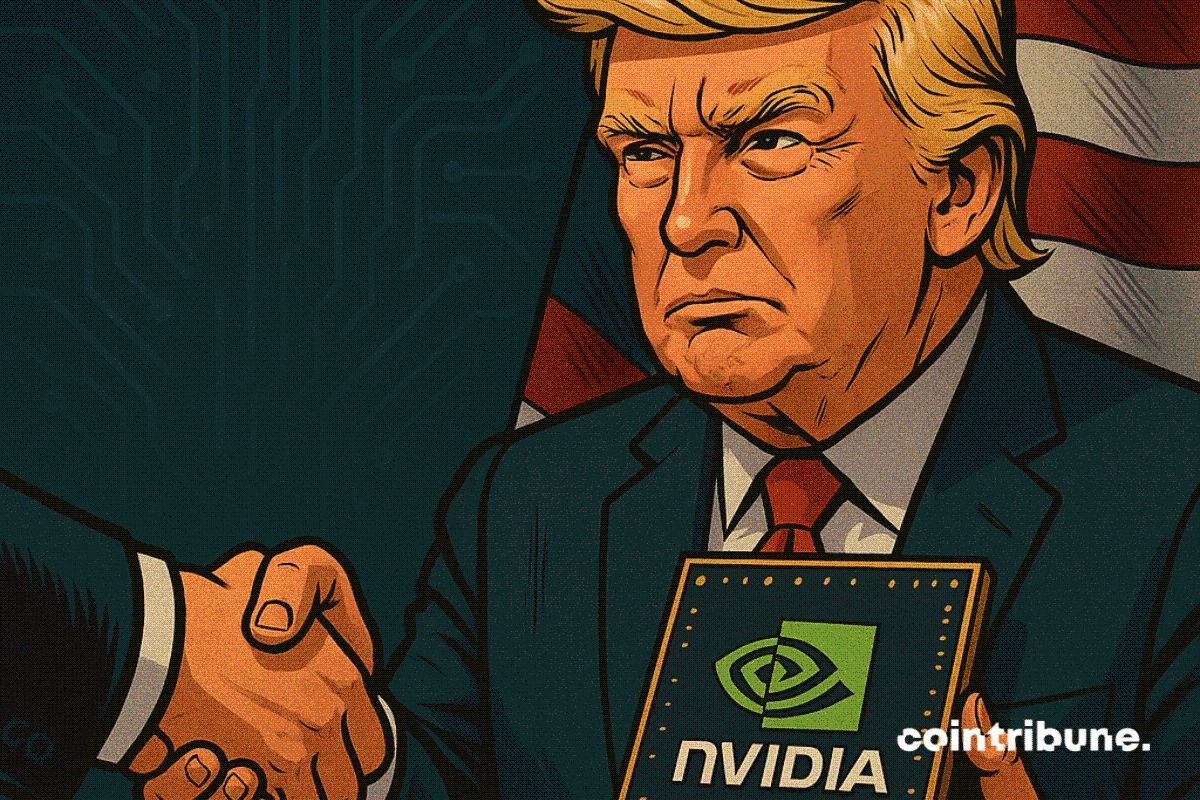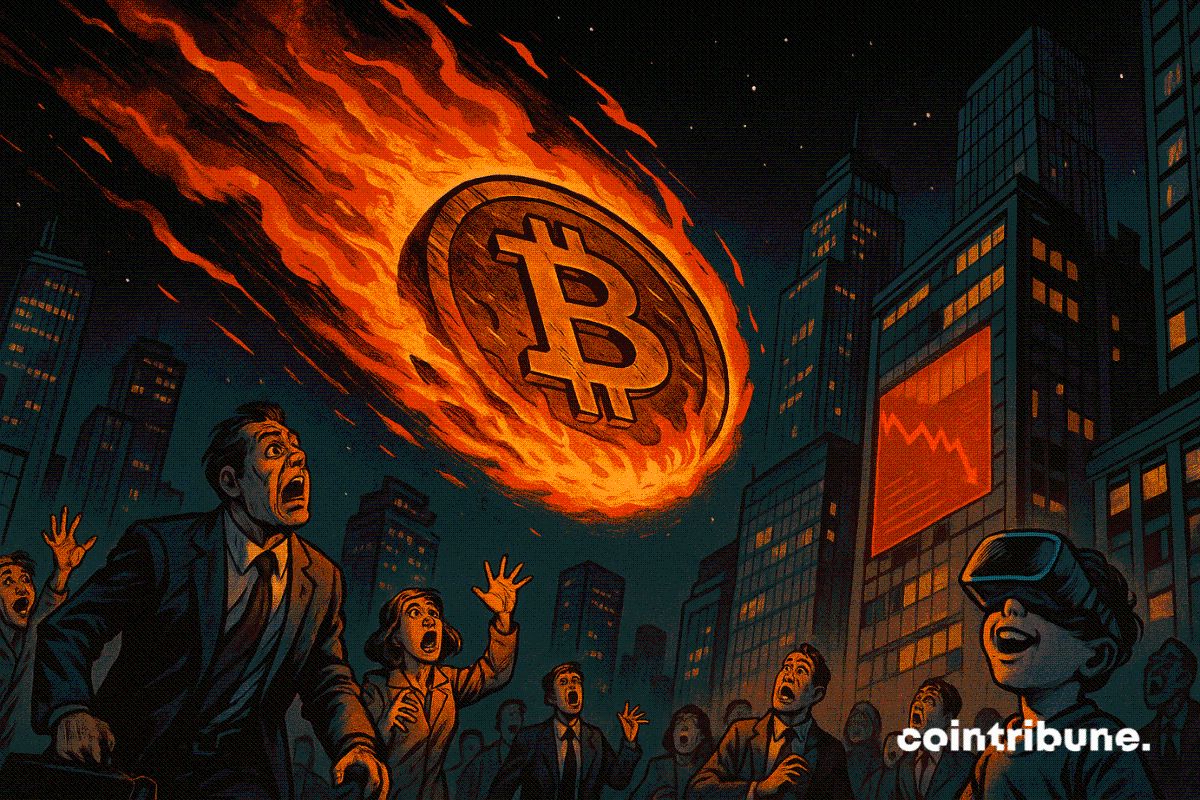Crypto Market Stabilizes as Downtrend Eases: What Could Drive the Next Rally?
The past week saw bitcoin (BTC) rise above critical resistance levels following the carnage of weeks ago. The asset’s slow, but steady recovery signals that the market is stabilizing. This leaves analysts guessing which catalyst could drive the next rally.
In the latest edition of the Bitfinex Alpha report, market experts predicted that changes in the macroeconomic landscape could drive liquidity to bitcoin. Volatility in traditional asset classes, such as oil and fiat currencies, could help stabilize the crypto market and drive positive price movement in the coming weeks.
Crypto Market Stabilizes
According to Bitfinex, BTC spent last week trading below the short-term holders’ (STH) cost basis of $113,600, which hovers around the 0.85 quantile level. That dynamic indicated signs of market fatigue and fading momentum. However, the market turned for the better over the weekend as U.S.-China tariff discussions progressed and BTC reclaimed those resistance levels.
Nonetheless, the STH cost basis remains crucial for BTC to sustain a bullish trajectory. BTC needs to stay above $113,600 to establish a shift in market structure from defensive to constructive.
While market participants hope BTC makes a positive turn from this crucial level, historical patterns suggest there may be more bloodshed on the way. Persistent weakness below the STH cost basis has indicated structural weakness in the past and often preceded deeper corrections toward the 0.75 quantile, now located around $97,500.
Currently, BTC hovers above $114,400; however, a drop below $113,600 could trigger a decline to $97,500. This level could serve as the low of this consolidation phase. Analysts say a move toward this lower boundary will be consistent with prior cycle patterns. The silver lining is that such a move will mark the exhaustion of selling pressure, providing the foundation for the next uptrend.
Volatile Macro Landscape
As the market prepares for its next move, changes in energy prices and foreign exchange markets are affecting global liquidity flows. Fortunately, cryptocurrencies appear to be absorbing some of the capital rotation.
You may also like:
- How Trump’s Words Moved Bitcoin: From Panic to Confidence in Just 2 Weeks
- Bitcoin Dominates Binance Futures With $543B Volume – Institutions Are Back in the Game
- Bitcoin Smashes $115K: $370 Million in Shorts Crushed, Altcoins Finally Wake Up
There is a surge in oil prices, and currencies like the Japanese yen have weakened. These developments, coupled with geopolitical tensions, have prompted investors to reassess their exposures to risk assets. Institutional traders are now evaluating their investments in bonds and equities and are likely leaning toward cryptocurrencies.
Disclaimer: The content of this article solely reflects the author's opinion and does not represent the platform in any capacity. This article is not intended to serve as a reference for making investment decisions.
You may also like
Circle Takes a Bold Step with Axelar Network Acquisition
In Brief Circle acquired Axelar Network's team and proprietary intellectual properties. AXS Coin rose by 9% after the announcement of the acquisition. Common Prefix replaces the former team, contributing significant cryptocurrency experience.

Jensen Huang: Quantum Will Break Today’s Encryption

Crypto: Nvidia Courts Trump With a Charm Offensive That Pays Off

Sudden Drop Sends Bitcoin Below $87K

